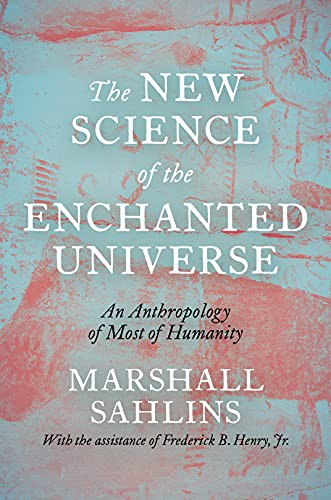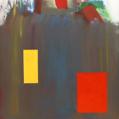What has been repeated by Medievalists and Historians of Religion, now in Anthropology and Ethnography
4 stars
While titled "New Science of [...]" it really isn't new, and from the scattered remarks of the Medievalists who wrote about the ordo of the middle ages, about the animal trials, about how even the swords, the bells, etc. have their proper place in a world permeated by an order that is social and law-like in the sense of human law, from the works of historians of religions, especially in the lineage of Eliade, and from Jung, etc, the view put forwarded by this book can be assembled. Even those who carefully read the book The Discarded Image by C. S. Lewis would be able to infer all the basic points of the book, starting from making sense of how the classical hierarchical cosmos could have been comprehended by the people of the bygone ages. Whoever that has read some Tacitus and about folk religion, and is sincere, will grasp …
While titled "New Science of [...]" it really isn't new, and from the scattered remarks of the Medievalists who wrote about the ordo of the middle ages, about the animal trials, about how even the swords, the bells, etc. have their proper place in a world permeated by an order that is social and law-like in the sense of human law, from the works of historians of religions, especially in the lineage of Eliade, and from Jung, etc, the view put forwarded by this book can be assembled. Even those who carefully read the book The Discarded Image by C. S. Lewis would be able to infer all the basic points of the book, starting from making sense of how the classical hierarchical cosmos could have been comprehended by the people of the bygone ages. Whoever that has read some Tacitus and about folk religion, and is sincere, will grasp what this book has to say. Of course, surprisingly enough, ethnographers and anthropologists really rarely came up with these conclusions. The people that I've mentioned before are medievalists, historians of religion, and literary critics. Shows us what's problematic in anthropology and ethnography, and I guess that's exactly why Sahlins wrote this book, factually incomplete as the first part of a triology, as his Schwanengesang. Even though with some familiarity with ethnography and with some individual thoughts everyone should be able to arrive at what this book is talking about individually, from what I've observed people don't think when they read, so still it's worth a read. Regarding animism and personhood, I'd like to recommend Rane Willerslev's Soul Hunters additionally, since the examples and instances presented in this books is so scattered that it can become confusing and disorienting. This book should be included in the first course of any undergraduate program in anthropology/ethnography/history of religion/history/religious studies/philosophy.
What I'd really like to know is how this hierarchy came into being, and why are they so similar across the world in different culture and religions. Unfortunately this book doesn't offer any explanation. Guess it is still philosophers' work to penetrate the tough subject. It is related to the origin of law, why this particular structure of the great chain of being, maybe the origin of human soul and culture and everything. From the evolutionary origin of consciousness and thought to the fundamental metaphysics with a panpsychic leaning, there seems to be a strand to be grasped which I can't figure out how to trace through.

